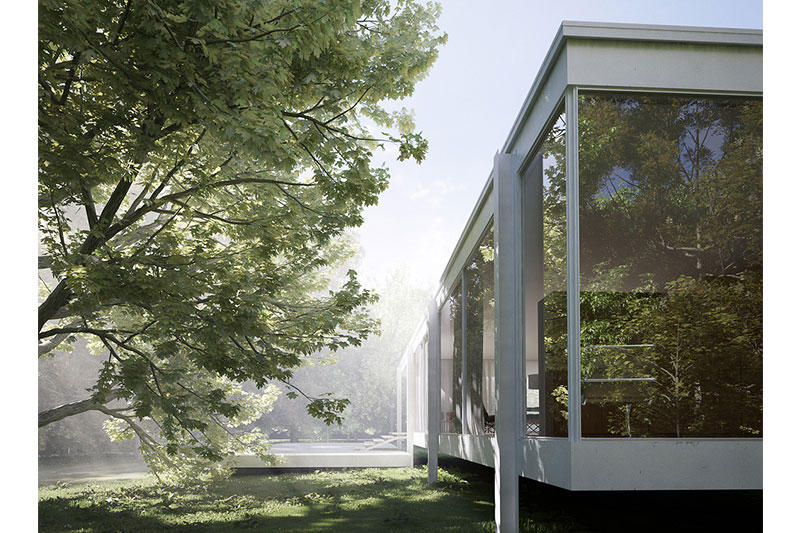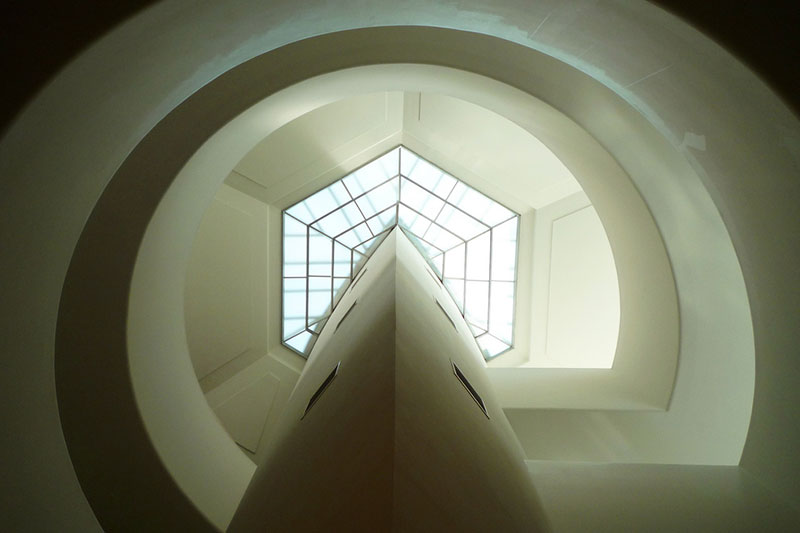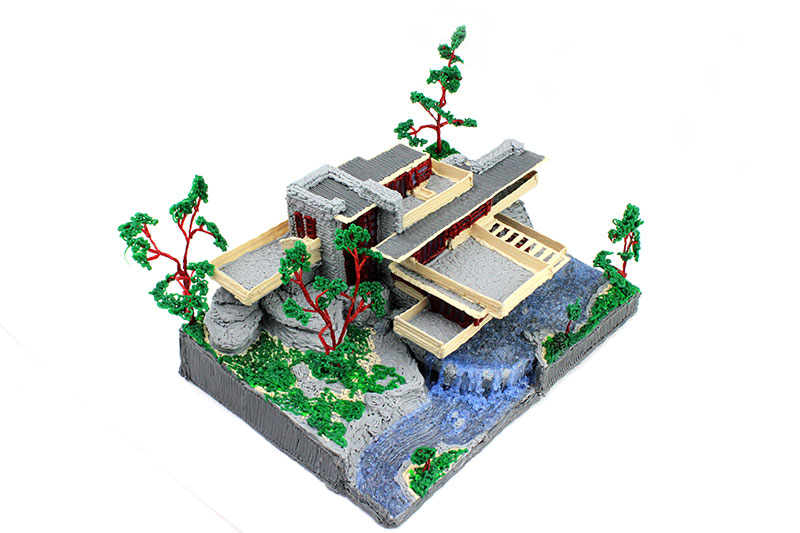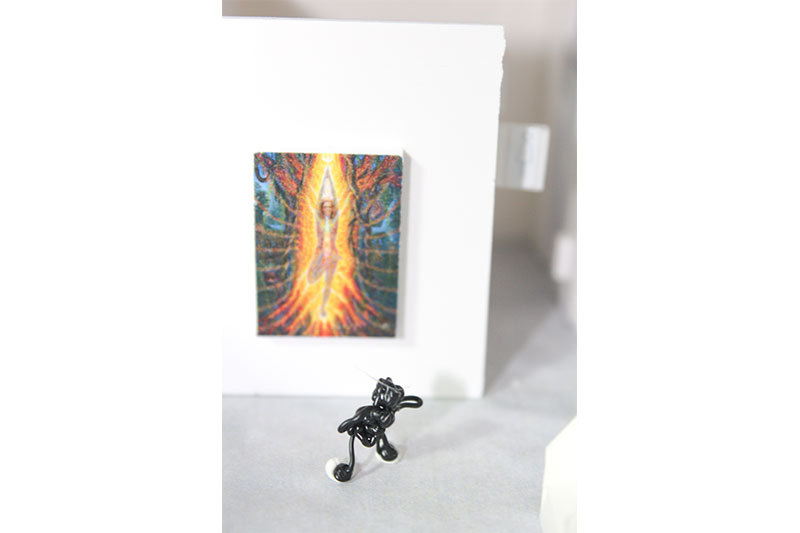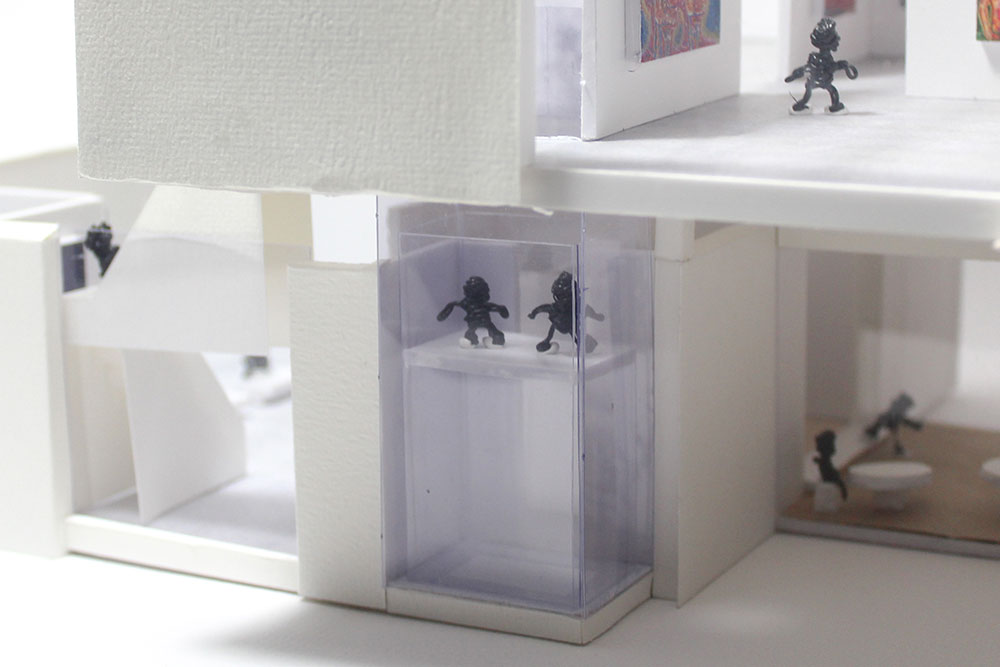What is the best way to learn the physics behind bridges? By building one.
To build a functional bridge, it’s important to have an understanding in the basics of physics, Newton’s Laws, the properties of matter, and other factors that inform us of our physical world, but it can be challenging to see how they all work together at the same time. The best way to learn about bridges is to build a model of one – a perfect project based learning (PBL) activity. That’s just what students do in Glenn Couture’s high school classes. Explore Glenn’s PBL tips and access a roundup of 3Doodler K-12 lessons to bring PBL to your learning environment.
PBL to Engage Students
Glenn Couture teaches honors and AP physics at a high school in Norwalk, Connecticut. During the school year he guides students through a wide range of topics, including kinematics, the relationship between work, power and energy, waveforms, thermodynamics, fluid dynamics, electricity, and light.

A key part of teaching these topics is taking abstract descriptions of how physics work and letting students explore them hands-on through PBL. Couture caps off many of his curricular units with projects that enable students to apply what they’ve learned to a real-world problem. Students demonstrate their understanding of complex topics by creating their own 3D models. This application of difficult concepts ensures students build confidence, express creativity, and offers tools for visual learners.
3D Application in Chemistry Class
Couture used 3Doodler pens in a unique chemistry project to build models of a side-face molecule placement crystal.
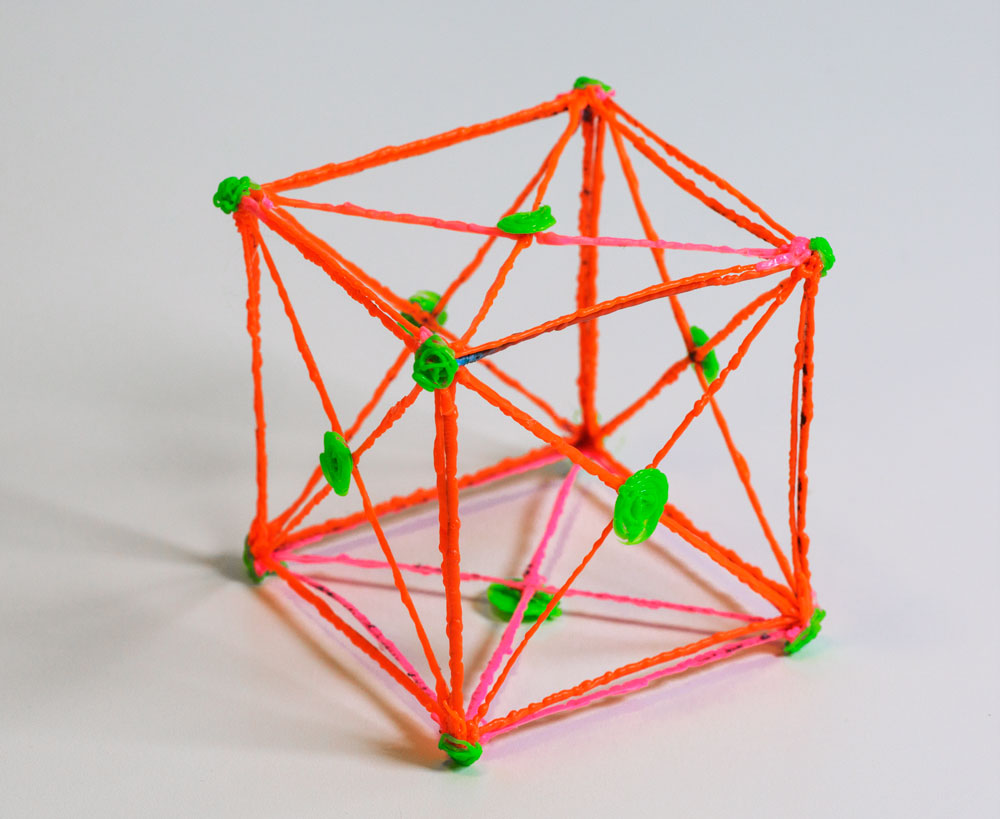
“In chemistry, solids form crystals,” he explained while showing off the cube, a helpful tool for visualizing the relationship between molecules in a crystal lattice.
With 3Doodler students have the advantage of creating a 3D model by hand, which they then use to study the stability of various crystal types.
“I sometimes find that students have difficulty taking a concept from 2D to 3D and vice versa,” Couture added. He feels that 3Doodler pens are the ideal tools to bridge that gap.
Jumpstart PBL with 3Doodler K-12 Lessons.

Doodle Wheelers (Force and Motion)
Recommended grades: K-2
Learn about: Simple machines, force and motion
Overview: In this activity, students explore the size of wheels and their effects on force and motion. Students will design and create one small-wheeled racer and one large-wheeled racer using clothespins and a 3Doodler pen.

STEM: Earth’s Structure and Beyond!
Recommended grades: 3-5
Learn about: Structure of Earth and other planets
Overview: Students will create 3D models of cross-sections of planets and compare and contrast the structures and layers of them. Students will record their observations of the differences of cross-sections of Mercury, Venus, Earth, Mars, Jupiter, Saturn, Uranus, and Neptune.

STEM: Bridging the Gap
Recommended grades: 6-8
Learn about: Physics, STEM
Overview: In this activity, students will work to design a bridge and test its ability to bear weight when spanning a gap of 20 cm using a 3Doodler and no other materials.

3D Atoms
Recommended grades: 9-12
Learn about: Rutherford atom model
Overview: In this activity, students will work to create a Rutherford model of an atom in 3D with the 3Doodler pen. Students will study their models and identify the part of an atom. They will share their work and to demonstrate their comprehension of atom structure.
Are you inspired by Glenn Couture’s use of PBL to enhance learning and comprehension? How do you incorporate PBL in your lesson plans? Our community of parents and teachers want to know. Share your thoughts with us on social media, and be sure to tag us!
@3Doodler #3Doodler #3DoodlerEDU #WhatWillYouCreate #ProjectBasedLearning #PBL









